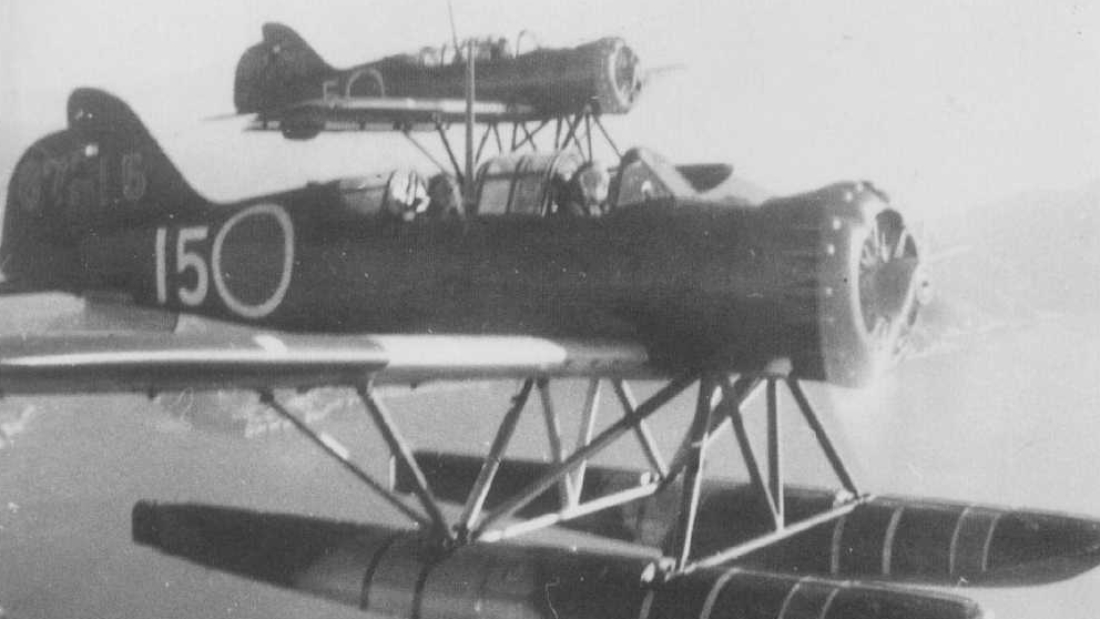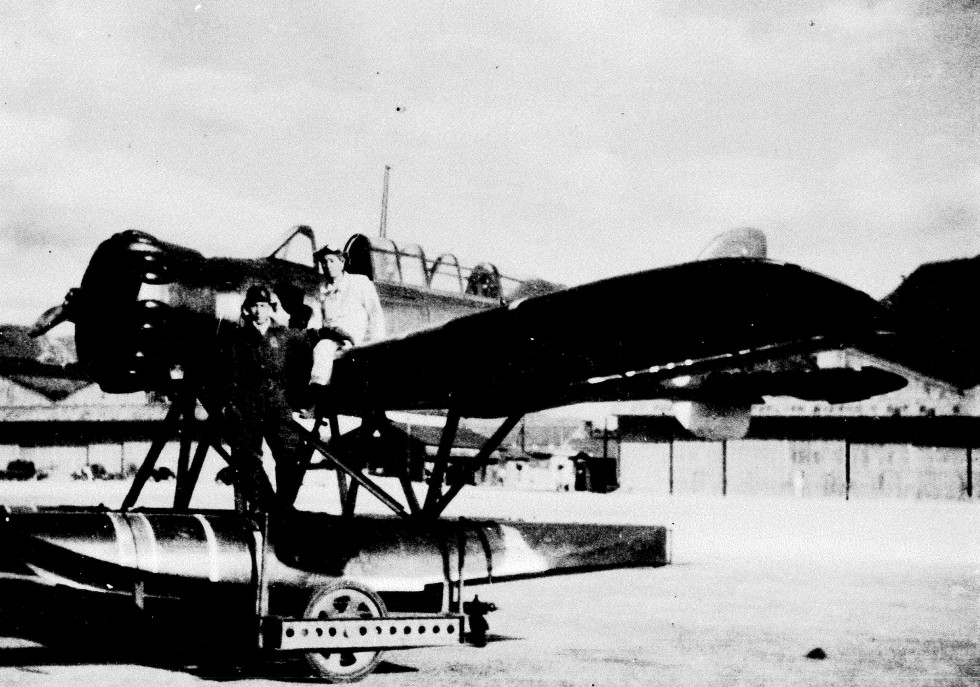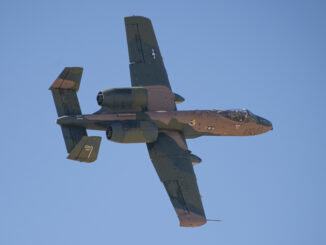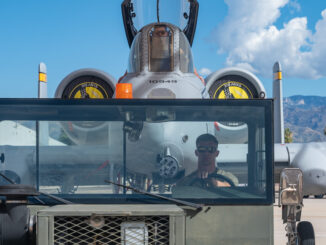 On 9th September 1942, a Japanese Yokosuka E14Y “Glen” floatplane dropped two incendiary bombs in the mountains of Oregon. The raid marked the first time that enemy aircraft had carried out an air raid on the contiguous United States.
On 9th September 1942, a Japanese Yokosuka E14Y “Glen” floatplane dropped two incendiary bombs in the mountains of Oregon. The raid marked the first time that enemy aircraft had carried out an air raid on the contiguous United States.
From the very beginning of World War II in the Pacific, Japanese forces tried to frighten the American public and create a sense of being under constant threat.
On 23rd February 1942, the I-17 submarine sneaked into the Ellwood Oil Field channel near Santa Barbara, California, and fired sixteen shells at the oil storage facility. Then, in early June 1942, the Imperial Japanese Navy launched two carrier-based raids, sending eighty-six aircraft against military facilities on Dutch Harbor, Amaknak Island, in the Aleutian archipelago. American forces suffered moderate losses: forty-three killed, fifty wounded, and fourteen damaged aircraft.
Later that month, the I-25 submarine surfaced off the Fort Stevens base in Oregon and fired seventeen shells at military facilities near the mouth of the Columbia River. Although the raid caused almost no damage, it kept the threat of invasion – and the related sense of panic – alive.
As early as 1941, Warrant Officer Nobuo Fujita proposed to use floatplanes against US military bases, production sites, and other strategic facilities. A Yokosuka E14Y aircraft (Allied reporting name “Glen”) could be carried by a B-1 type submarine across the Pacific and then dispatched against targets along the West Coast or the Panama Canal.

Nevertheless, a single floatplane carrying only a limited bomb load was incapable of causing serious damage to any military target. Aware of this, the Japanese instead opted to use incendiary bombs against forest areas, hoping to start uncontrollable wildfires and thereby cause damage that would attract the attention of the American public.
On the morning of 9th September 1942, Fujita and his second crewman, Shoji Okuda, took off in their E14Y aircraft from a location off Cape Blanco. On that mission, the “Glen” was carrying only two incendiary bombs, each weighing 76 kilograms. They were dropped into the forest on Wheeler Ridge, near Brookings, Oregon.
Unfortunately for the Japanese, the “Glen” was spotted by US fire watch wardens. Although they were unaware of the bombing, they saw and reported the resulting smoke plume. The wardens managed to contain the fire until firefighters arrived. As a result, Fujita’s raid caused only minimal damage to the forest.
In 1944, the Japanese attempted to start forest fires along the West Coast once again, in the hope to cause panic and chaos. This time, they used high-altitude hydrogen balloons, launched from the Japanese islands. The jet stream at an altitude of 30,000 feet was expected to carry them more than 5,000 miles to the US mainland.
Approximately 9,000 balloons were launched, but only a few hundred of them managed to cross the Pacific Ocean. Although they were reported in several locations deep inside the mainland – including Michigan, Iowa, and Canada – they caused no significant damage and killed only six people in total.
Full story here.
Cover photo: Two Yokosuka E14Y ´Glen´ aircraft in flight (photo: Wikipedia, public domain)



